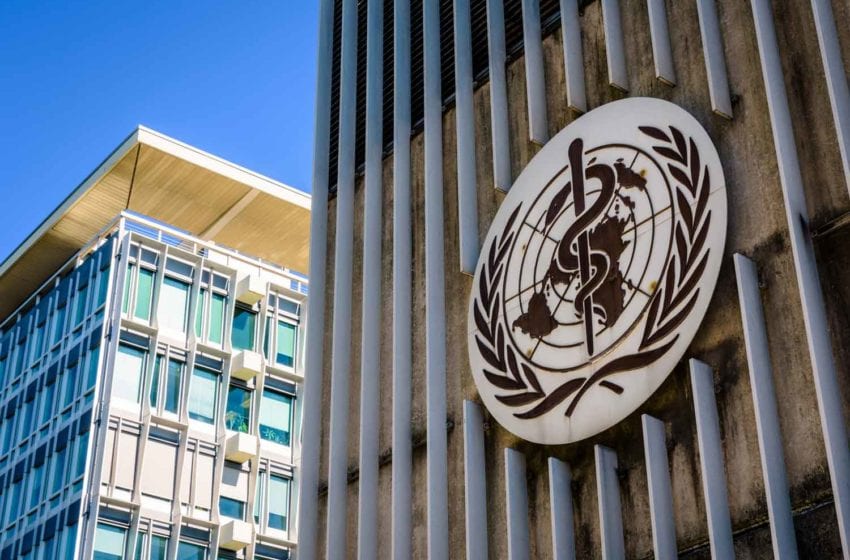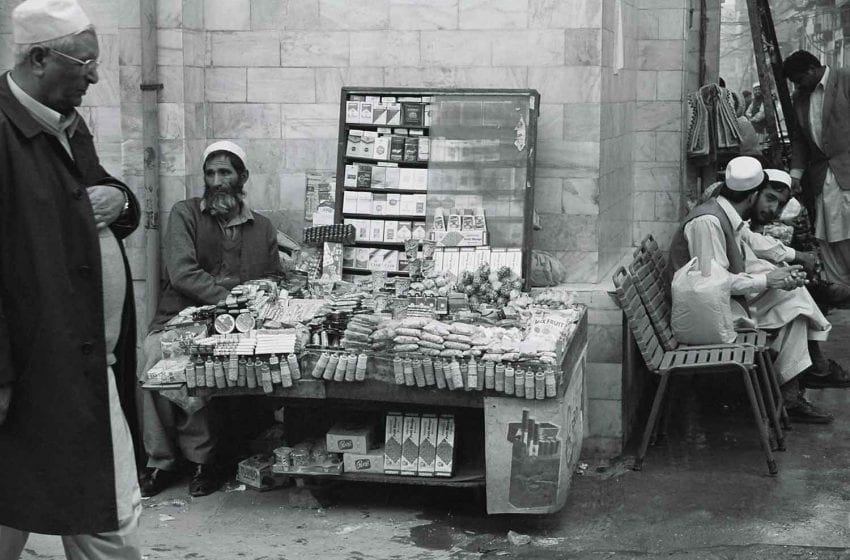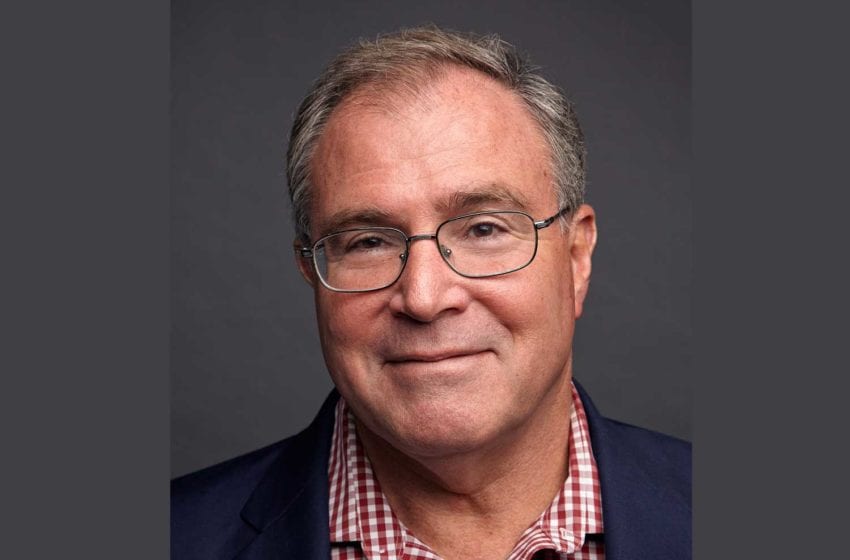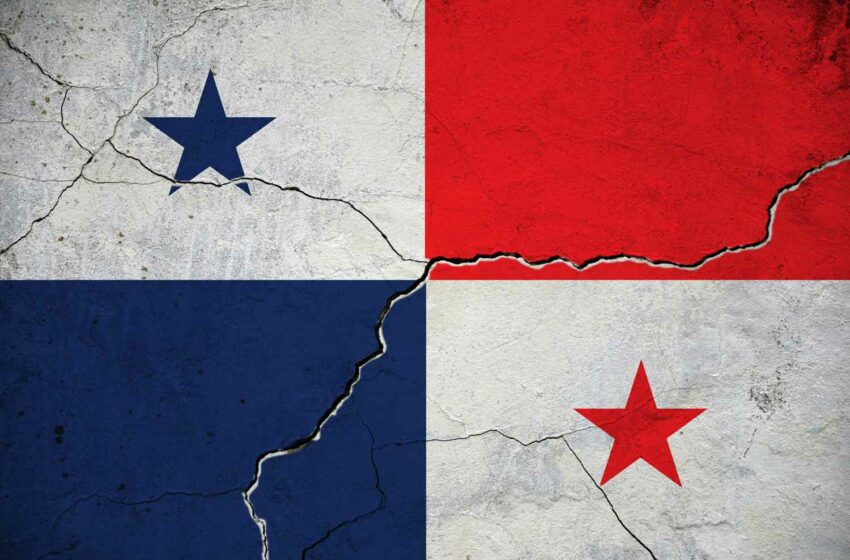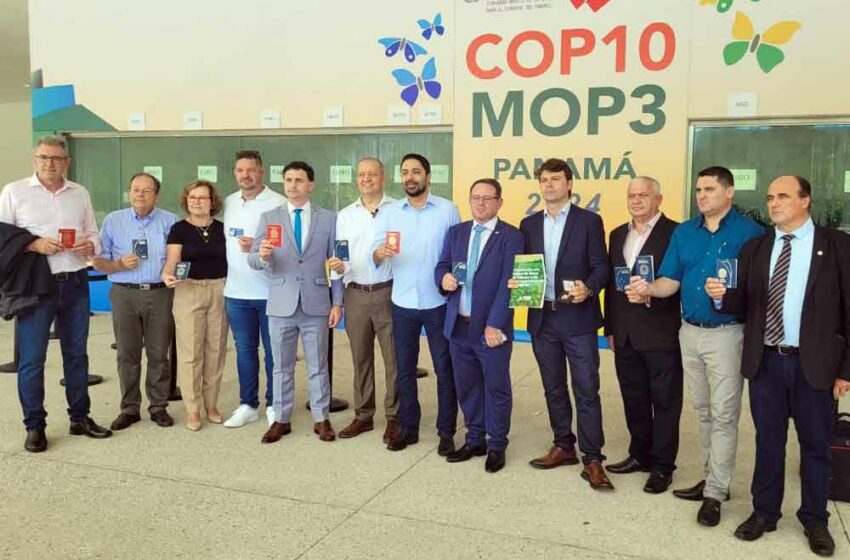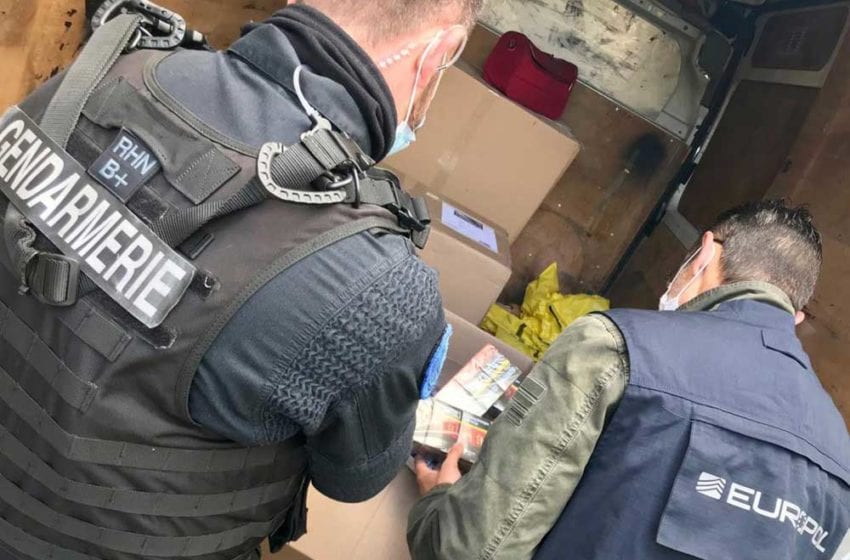Both gatherings will take place in November 2025, according to the World Health Organization. Read More
Tags :World Health Organization
The global health body calls the sector’s talk about tobacco harm reduction ‘dishonest.’Read More
Even so, the illegal sales still account for 23.1 percent of the Pakistan’s total cigarette trade.Read More
The health body wants smoke-free policies to cover vapes.Read More
Doing so would save 100 millions lives, writes Derek Yach. Read More
COP10 is unlikely to significantly accelerate progress toward the FCTC objectives. Read More
The members will serve until the next conference and meeting, respectively. Read More
The exclusion of Brazilian representatives from the recent COP10 sparks a fiery debate on transparency. Read More
Participants will review efforts underway to implement a tracking and tracing system.Read More
Delegates vow to address issues relating to the environment, human rights and industry liability, among others.Read More
